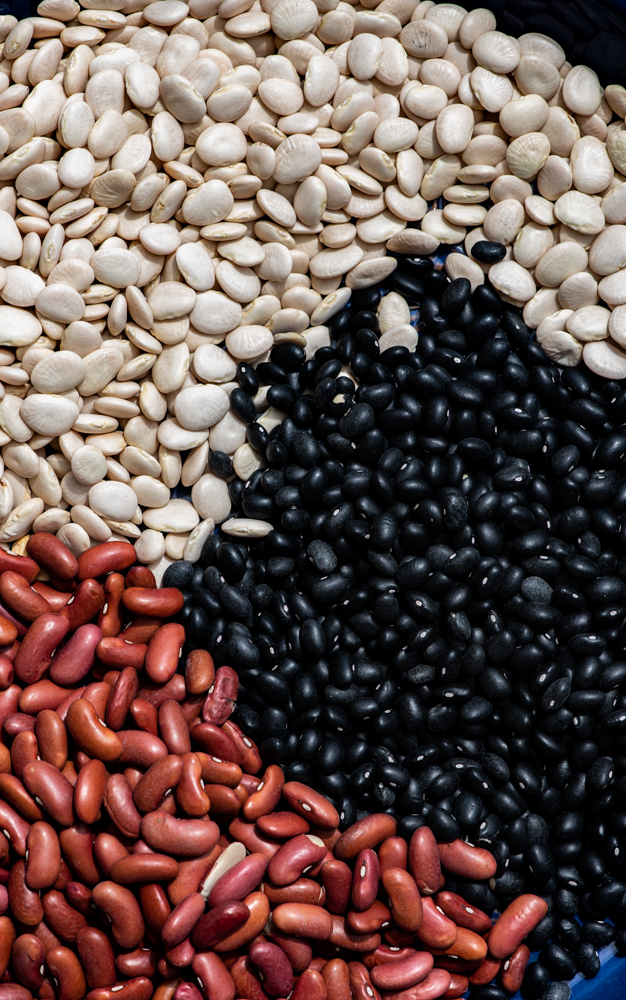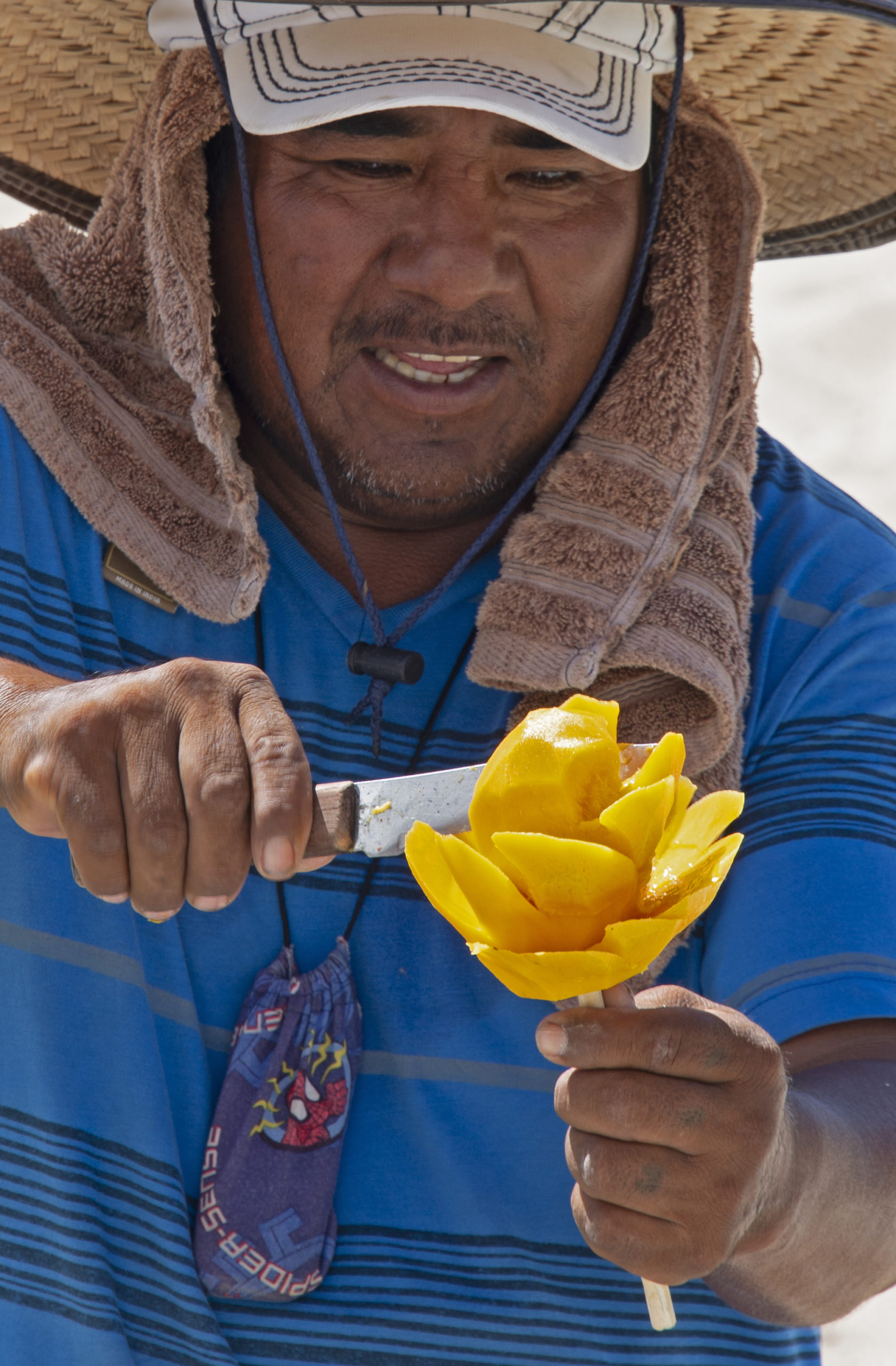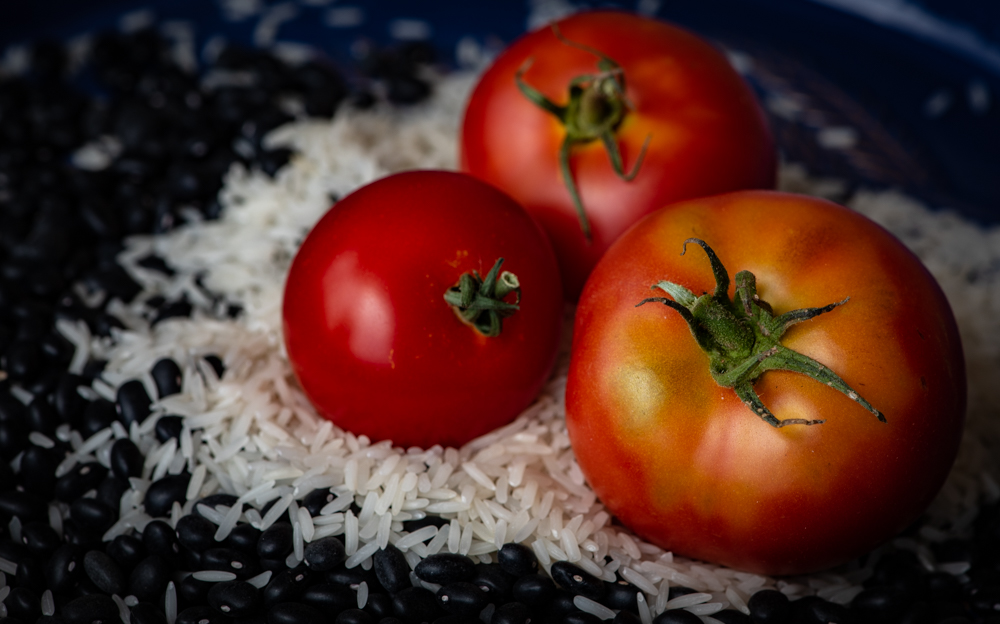Comfort food, as varied as the homes we grow up in.
“L”, a teenage immigrant from Burma, remembers the rice her mother cooked. “M”, from the Philippines, says his mom’s palabok “tastes like a potion of paradise and always lightens his mood.” “A” from Morocco describes a dish of thin dough wrapped around fresh fish, served on a bright blue and white plate. “P” misses the sounds and smells of her peoples’ kitchens. She misses her garden where they grew dalle khursani-chili, the spiciest chili in all of Nepal. The sweet taste of mangoes, “like sugar or sweet candy,” calls to “N” from Vietnam. And “T” from Ethiopia remembers his grandmother’s garden full of tomatoes, potatoes and sugarcane.
Soak one pound of dried baby Lima beans
It’s as much the memories as the food itself. Maybe more the memories. The people. The feelings. The family. The smells.
Heat beans with 2 or 3 bay leaves until beans are softened
For those of us in the United States, what about Thanksgiving? What about the smells that tantalize us for hours?
The sound and the smell have been with me since birth
but when the earthquake destroyed all my people’s kitchens
I missed those sounds and those smells,
the sizzling oil and the tinging sound of stirring of maasu.
Those words were written by “P” who immigrated with her family to the U.S. after the earthquake in Nepal destroyed so much of her town.
Brown 1 pound of sausage Add salt, pepper, and ¼ teaspoon Thyme Combine beans and sausage
What do I remember? What do I cherish? What lightens my mood? What tastes like a “potion of paradise”? What are my comfort foods?
Brown 2 or 3 sliced onions with a clove of chopped garlic Add to beans and sausage
A few days before New Year’s, my mouth starts watering for posole, a Mexican stew served on New Year’s Day as well as other days of celebration. Growing up in New Mexico, posole on New Year’s Day was a family tradition. Made of dried hominy, pork and green chili, the stew stays simmering and simmering on the stove for many hours, sending out enticing, teasing messengers to my taste buds.
Add a half cup of pineapple bits, syrup included Sprinkle with 1 Tablespoon parsley
My favorite comfort food, honest and truly, is Lima Bean Casserole. We tried, over the years, to come up with a better name. But “the sound and the smell have been with me since birth.” Or soon thereafter. A mixture of flavors: beans, sweet chunks of pineapple, spicy sausage, parsley, onions, croutons. At my table, always served with homemade Irish Soda Bread, hot from the oven so the butter melts down into each yummy slice. Real butter, please. And on the side, tossed salad with French dressing.
Bake at 350 Top with buttered croutons
The kitchen that brought my family all together disappeared,
all of our hearts were broken,
we lost our family members-brothers, sisters,
some of us lost our parents.
…
Just like that, I wish for my peoples’ kitchens
and their houses to be safe.
(“P” from Nepal)



And that is what I wish as well. For all peoples’ kitchens and their houses to be safe, and comfortable, and comforting.
All of the immigrants quoted here are participants in The Stories of Arrival: Youth Voices Refugee and Immigrant Poetry Project, an Institute of Poetic Medicine Partner project. Founded by poet, storyteller and teaching artist Merna Ann Hecht, The Stories of Arrival project takes place at Foster High School in Tukwila, WA in the classroom of ELL teacher and project co-director Carrie Stradley. Foster is one of the most culturally diverse schools in the U.S. All students in the project are refugees or immigrants. Each year the students record their poems with the help of a professional voice coach at the Jack Straw Cultural Center in Seattle. The most recent project resulted in a poetry collection with original artwork titled, Holding the Earth Together: Youth Voices Speak For Our World. (Chatwin Books, 2018.)
